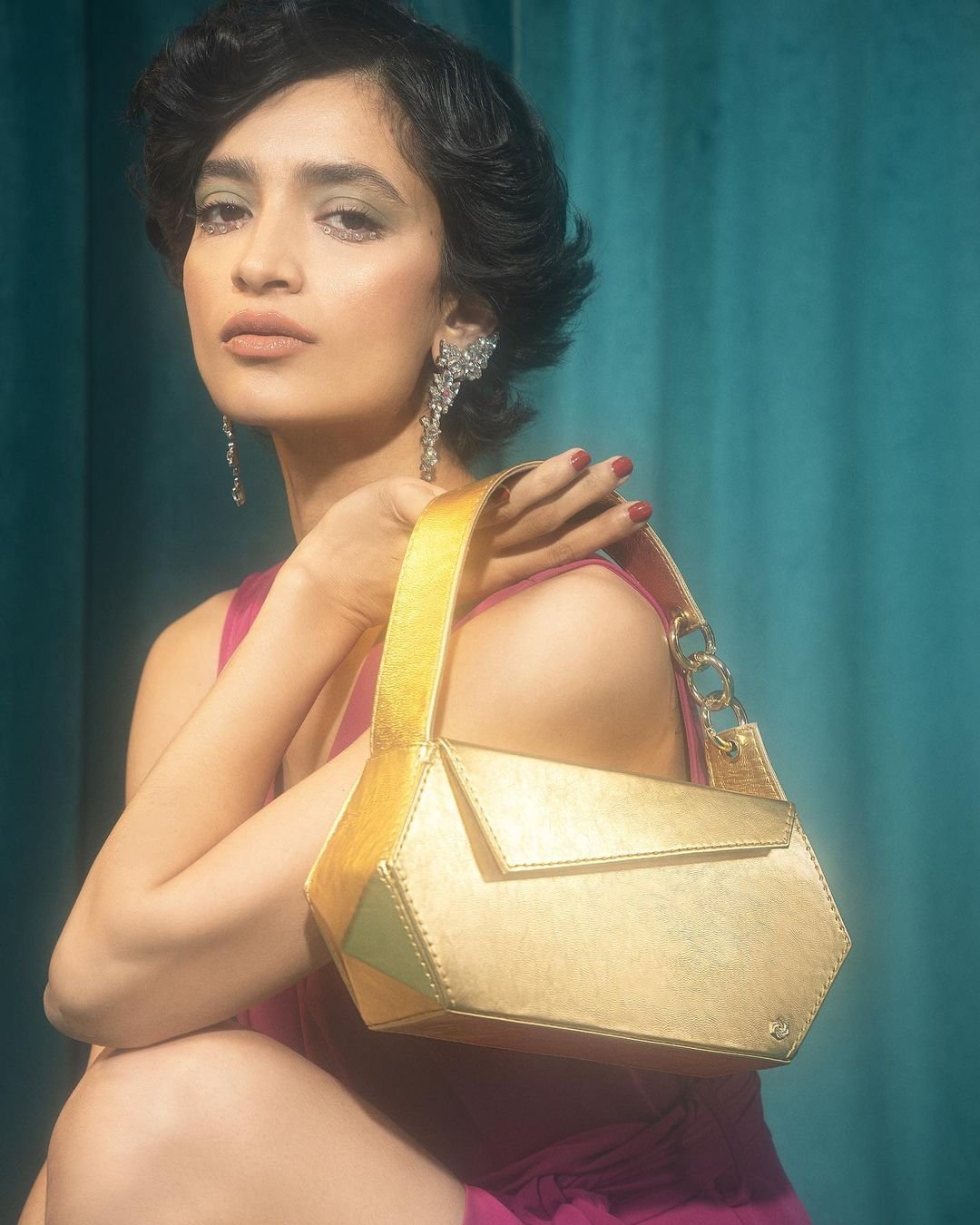Sustainable Baddie of the Week: Rejecting Exploitation and Embracing South Asian Tradition with Hirra Babar
Do you remember the first bag you ever carried? Was it a play purse? A soccer bag? A school backpack? Our accessories can embody parts of our identity, helping us to express our current interests and style in creative ways. For Hirra Babar, founder of sustainable accessory brand Warp, handbags represent much more than just individual identity; they manifest traditional values and community. Hirra wants Warp to represent her South Asian pride and cement Pakistan as a leading player in the accessory and garment industry.
Our conversation with Hirra turned into a reflection on how entrepreneurship provides powerful avenues for combining tradition with modernity. Hirra is making more than just bags; she’s curating a brand identity along with her community, one that proudly reflects their Pakistani heritage by honoring local traditions and using local resources.
Hirra’s background is in design, business, and economics, but her passion lies in fashion and art. From a young age, she resonated with creative and artistic expressions over scientific or mathematical ones. After earning her Economics degree, she knew that she wanted to explore the intersection of business and art instead of resorting to a corporate career path. Corporations are notably known to exploit workers and artisans, unnecessarily outsource materials, and avoid sustainable methods of production. Upon finishing her Master's in Business, Hirra faced the task of deciding where she wanted to fit into the fashion and business world. If she was going to be in this industry, she felt she needed to make something that was more in line with her own values and she began soul searching. This struggle is all too familiar for many of us sustainable baddies. How do we follow our passions within capitalism without exploitation of workers and resources? This was Hirra’s pursuit.
Growing up, Hirra was fortunately well-traveled throughout her home country of Pakistan. She encountered numerous groups of artisans and became acquainted with the traditional materials and methods for creating that interested her. Motivated by her entrepreneurial pursuit, she leaned into the traditional craftsmanship that she encountered. She sought to create something that “gave Pakistani people a voice, and reflected something local.” Hirra wanted her brand to reflect both the materials and methods that are native to her country, and to illustrate the value and quality of that which is Pakistani. But she had to decide what to create first.
Like many of us, Hirra began carrying bags very young. She used them for practical reasons, like for school or sports, and to add her personality to her style. When she began creating her brand specializing in geometric handbags she wanted to curate something that blended both future and tradition. According to Hirra, she felt that the accessory industry was a more inclusive industry in South Asia because of the popularity of traditional dressing. Accessories allow anyone to add their own spin to traditional garments. Making bags allowed Hirra to design products that could fit seamlessly into her culture, resonate with her community, and still be new, modern, and unique. She chose the name Warp because it means to twist...
“It is modern but it remains inspired by something that already exists.”
Many South Asian designers are taking on similar pursuits to Hirra. Attempting to create something unique and different that celebrates and centers on the traditional dress of South Asia.
In a world where fast fashion continues to exploit garment workers in South Asia, up-and-coming designers in South Asia are taking to alternative methods of production, material sourcing, and design choice in order to make something that “recontextualizes their heritage and traditions.”
These designers, including Hirra, keep their processes localized and ensure that creating their products does not rely on exploitation. Hirra uses primarily goatskin leather, which she can source locally from partners who practice ethical labor and production standards. She also works with her partners to come up with alternative methods of production, such as creating bags made of recycled plastic. The innovation that Hirra and other South Asian designers are implementing is making South Asia a regional industry leader in sustainable fashion that also celebrates heritage, reflects tradition, and explores ethical modernity.
Being a female entrepreneur in a patriarchal industry does not come without its battles. Hirra approaches these obstacles with grace. When we asked her how it feels to be the leader of her own business as a woman, she expressed her patience and her gratitude. The leather industry is very male-centric, she told us. “Men don't always take women very seriously and aren’t very comfortable with having a woman boss who is also younger. ” However, Hirra was fortunate to have a great deal of encouragement from both her parents growing up, and their encouragement helps her stay focused on her goals.
As a female entrepreneur, there is an expectation that you include other women and uplift women in the industry. Hirra has taken this task to heart within Warp. Aftering hearing about a village where women were making hand fans out of recycled plastic from finished bags of rice and grain, Hirra reached out to these women to see if they would be interested in making bags with plastic instead. Hirra and her team sent these women all the necessary resources to make the bags, which they can do comfortably and safely from their own homes. That is how the Nissa clutch was born. As Warp grows, Hirra is looking forward to finding other ways that she can include women in the production.
Through Warp, Hirra and her team have proven that “different,” “modern,” and “creative” are not mutually exclusive from “tradition” and “heritage.” Sustainability can often leave us thinking that something old must be rejected in order for something new and more eco-friendly to replace it. Sometimes, the secret is actually to look back. The most sustainable processes are often the ones that are the most localized and have been practiced and passed down through generations. Indigenous practices are abundant with wisdom for how to take care of our earth and our communities. When we lean into the messages that are woven throughout our native traditions, we can uncover powerful pathways to seeking eco-justice. For Hirra, not only is this pursuit a sustainable one, but it is one that reflects her pride in the Pakistani identity and uplifts an entire South Asian community without exploitation of the land and its people.






